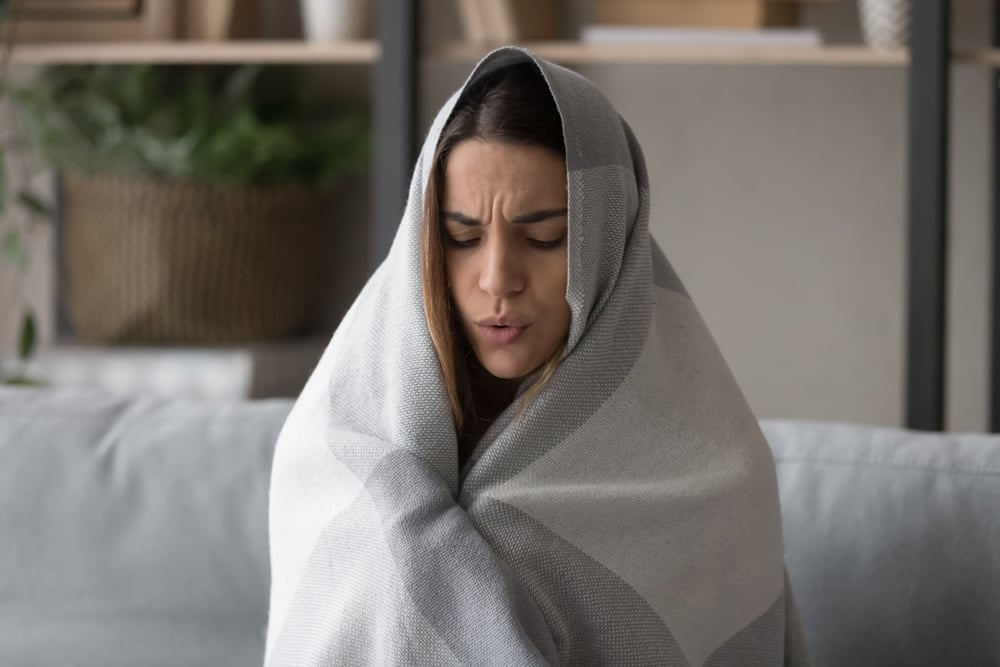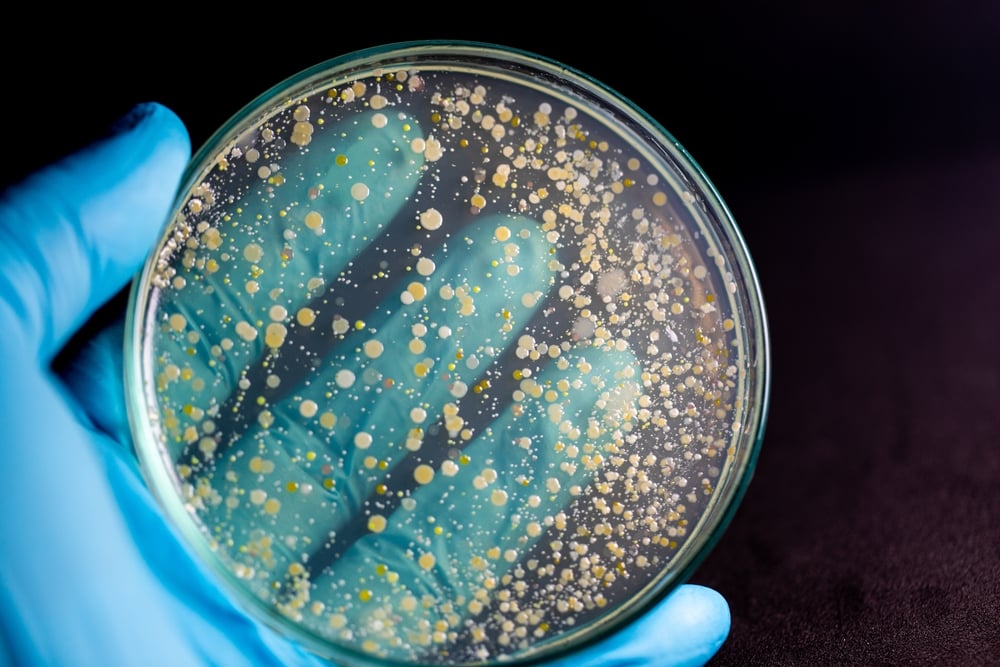Pneumonia Warning Signs and Symptoms
Pneumonia is a lung infection caused by bacteria, viruses, or fungi. It is characterized by inflammation of the alveoli in the lungs, which can lead to difficulty breathing and chest pain.
Pneumonia can range in seriousness from mild to life-threatening. It is most serious for infants and young children, people older than age 65, and people with health problems or weakened immune systems. It can present with mild to severe signs and symptoms, depending on the type of germ that caused the illness, your age, and general health. Mild signs and symptoms frequently resemble cold or flu symptoms, but they linger longer.
Related Topics (Ads):
Fever
Fever is one of the most common signs of pneumonia, and it can occur in children of all ages. In general, a fever is defined as a body temperature that is above the normal range. For most people, a fever is considered to be a body temperature of 100.4 degrees Fahrenheit or higher. Fever usually occurs when the body is fighting off an infection, such as pneumonia. A Fever can help to kill off the bacteria or viruses that are causing the infection.

Chills
Chills occur when your body temperature suddenly drops and you begin to feel cold. Chills often accompany a fever, which is another common symptom of pneumonia. While chills alone are not enough to diagnose pneumonia, they can be a helpful sign that something is wrong. If you are experiencing chills along with other symptoms such as a fever, shortness of breath, or chest pain, it is important to see a doctor as soon as possible.

Related Topics (Ads):
Labored Breathing
Labored breathing is often one of the first signs that a person has developed pneumonia. This condition occurs when the lungs are inflamed due to an infection, and the air sacs fill with pus and fluid. Labored breathing is one of the most common and dangerous symptoms of this condition, so it is important to seek medical attention as soon as possible if you or someone you know exhibits this symptom. Early diagnosis and treatment is essential for a full recovery.

Chest Pain
Chest pain is a common symptom of pneumonia, which is an infection of the lungs. The pain is caused by inflammation of the lung tissue, which can be caused by a variety of things, including viruses, bacteria, and fungi. Chest pain is usually worst when you breathe in, and it may be accompanied by other symptoms such as coughing, shortness of breath, and fever.

Bluish Skin
Bluish skin is often a sign of pneumonia, especially in young children. Bluish skin occurs when the oxygen level in the blood drops, causing the skin to take on a blue tint.

Molds and Bacteria
Pneumonia is an infection of the lungs that is caused by a variety of different microorganisms, including viruses, bacteria, and fungi. Molds and bacteria can enter the lungs through the nose or mouth, or they can be inhaled. Once they are in the lungs, they can multiply quickly and cause an infection.




